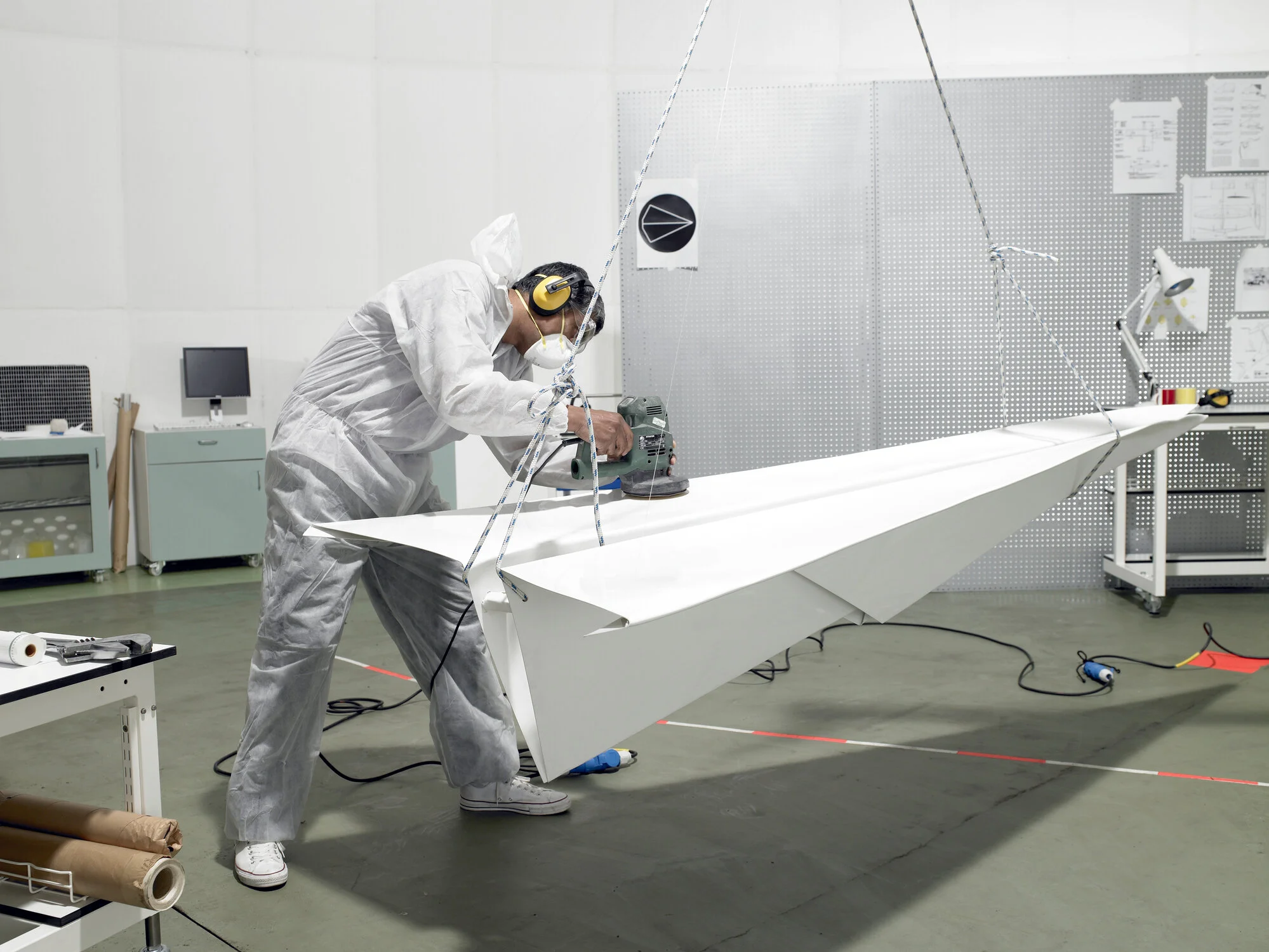Homelessness in the private rental sector
The commissioning client said that poverty had been an intractable issue for such a long time that conversations about it had become stuck. She recognised that the council typically focussed on trying to ‘solve’ poverty through paternalistic approaches, often driven by central government initiatives.
Our approach as consultants is to consider complex issues as evolving patterns that we can influence, rather than problems we must solve. We recognise that complex problems are also significantly local: as one of the client group put it, “You can’t just transplant solutions, because the conditions here are different.”
We worked with a cross-functional group for about a year in ‘thin slices’ to develop their ability to:
see into the complex issue of ‘keeping families in their private rented homes’ in novel ways and generate options for action,
work iteratively to see which actions were most effective and implement them.
Two of the many outcomes from the work were:
“The relationships with private landlords have been impacted positively. We have been able to get them to engage with a package of incentives and work with the council on tenant issues, in order to better address the needs of both tenant and landlord.”
“We had a breakthrough moment when we established that tenants always needed a ‘trusted helper’ to support them to remain in a stable tenancy. It sounds simple, but is not an easy conclusion to reach in practice. Much work flowed from this concept.”




